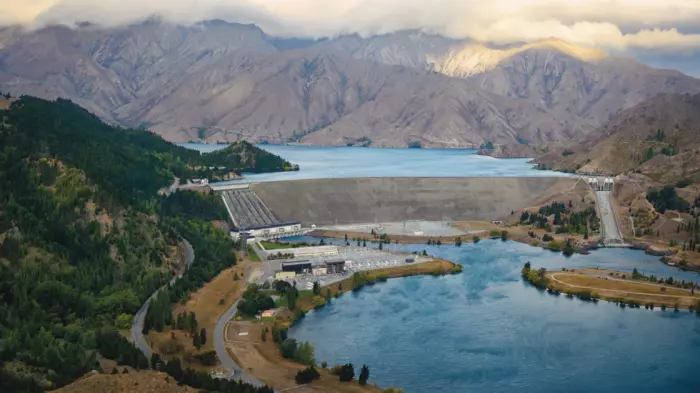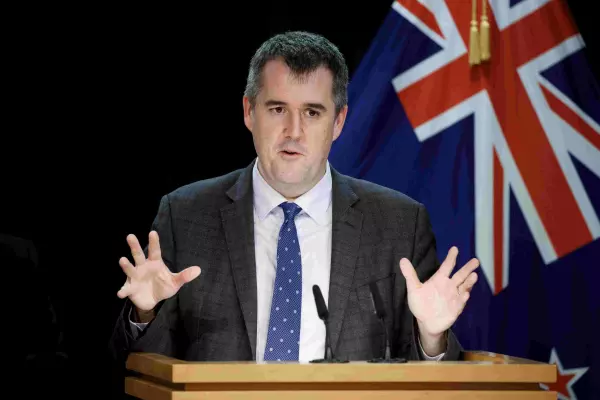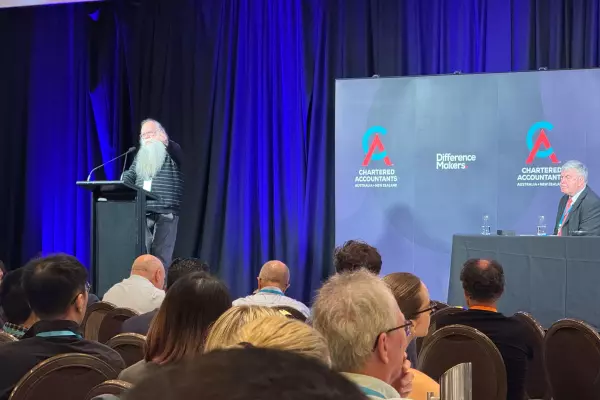New Zealand tech company chief executive Neil Cresswell hasn't seen his wife since September.
Cresswell has been travelling in and out of the country on business without an MIQ spot and is currently holed up in the US. Today's border announcement means he will be able to return to NZ, and so will his wife.
“I’m thankful as I can come home mid-March, I’ve been away since Jan 7 so far,” Cresswell, who is chief executive of Portainer.io, said.
“Even better though is my wife can also come home, and given I haven’t seen her since September, I’m pretty happy about that.”
His wife was unable to secure a US visa to join him abroad and had been visiting family in Indonesia, he said.
Air NZ was also celebrating today. The airline said its first Australia flights for Feb 28 are almost sold out.
Air NZ’s chief customer and sales officer Leanne Geraghty said the announcement was “incredibly exciting news” for New Zealanders abroad.
“As expected, we have seen strong demand following the announcement with our first flights on 28 Feb almost sold out,” she said.
From 11.59pm on Feb 27, New Zealanders will be able to return home from Australia and from 11.59pm, March 13, New Zealanders and other eligible travellers will be able to return from the rest of the world. Skilled workers earning more than 1.5 times the median wage (about $85,000 per annum) will be able to travel here from that time onwards as well.
Geraghty said she expected the airline would have more than 300 flights available between NZ and Melbourne, Sydney, Brisbane and the Gold Coast for the month of March alone.
“Once we have a clearer view as to the level of demand, we will adjust the schedule accordingly, but we're confident there will be seats available for those who need them,” Geraghty said.
The government’s plan will see borders fully reopened in a series of five steps by October this year.
More help needed
While there was elation from airlines about the light at the end of the border tunnel, the Tourism Industry Aotearoa (TIA) said continued targeted government support for businesses in the visitor economy would be needed until the requirements were relaxed “to ensure business’ survival”.
“Otherwise, the coming months will result in many more business closures and job losses.”
TIA spokesperson Ann-Marie Johnson called the staged opening of the border a “positive step” but said the government had to be prepared to remove self-isolation requirements as soon as health risks lessened.
She said the “single biggest issue for restarting international tourism” was to remove the self-isolation requirements.
“Most tourism operators will have to survive through another long winter before they can expect potential visitors,” Johnson said.
When questioned over tourism sector support this morning, finance minister Grant Robertson told media that the government would “continue to keep a close watch on particular sectors that are affected”.
“I would note for the tourism sector, they've had around $600 million worth of direct support from the government,” he said. “In addition to that, they've been able to get the wage subsidy and the resurgent support payment.”
Too little, too late?
Chief executive of the Restaurant Association Marisa Bidois said it was “a relief to see the borders finally reopening” but the restaurant industry desperately needed skilled workers and the staged approach to reopening the border presented “more challenges” for the hospitality industry.
She said the restrictions at stage 1 and 2 appeared to “signal a block” on the industry accessing the skills to help the sector recover.
“It appears that the government is using the border closures and the reopening approach to serve a wider strategy which ultimately blocks industries like ours from accessing the workforce we need,” she said.
Rural Contractors NZ’s chief executive Andrew Olsen said the mid-March start to self-isolation for much needed skilled machinery operators is “too late” for many contractors.
“Unfortunately for most contractors, any arrival from mid-March at earliest, followed by a week or more of self-isolation, will mean it is getting too late for autumn harvest work,” he said.
“But for contractors, that’s half a growing season and nature doesn’t wait for the wheels of government to turn. Sadly, crops will be lost and millions of dollars of machinery will continue to sit idle.”
Allowing more people to cross NZ’s border and to self-isolate rather than do days in MIQ couldn’t have come a moment sooner, Justin Tighe-Umbers the executive director of the Board of Airline Representatives of New Zealand (BARNZ) said.
“Self-isolation requirements need to go as soon as possible, or some airlines will cut New Zealand from their routes for a third summer in a row,” he said.
Tighe-Umbers said NZ used to bring in $17b from international tourism but by 2021 that figure had been slashed to only $1.5b.
“That’s more than $15b of value that’s taken years to create, gone for New Zealand businesses, taking livelihoods and wellbeing with it,” he said.
“Every day counts for the people running these businesses and the people who work for them, it’s essential that New Zealand opens quarantine-free the minute our omicron risk is the same as the rest of the world.”














